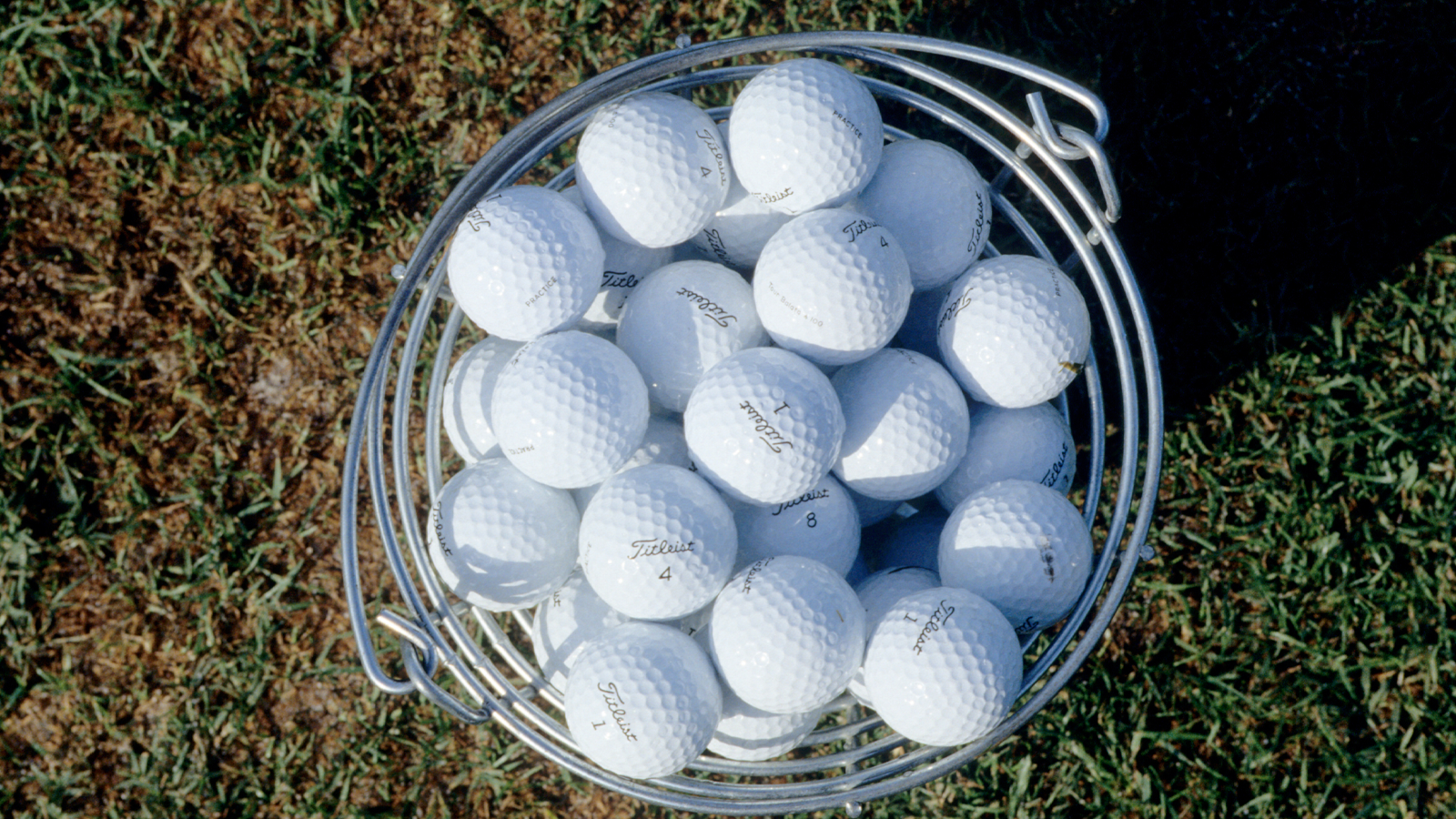quick coaching
The Purpose and Benefits of a Golf Ball Fitting
By Brendon Elliott, PGA
Published on

There are countless ways to help improve one’s golf game that go far beyond just practicing or playing more. Taking professional lessons from a PGA Coach is one of the best ways to start to improve your game. Many golfers are familiar with the process of being fit for golf clubs and how this can help to put equipment in their hands that match the uniqueness of their golf swing, and ultimately, can help shave strokes off their score. However, far fewer are familiar with what constitutes a ball fitting or what the purpose of one is.
How a Ball Fitting Could Help Improve Your Game
Every golfer delivers the club differently into the ball and with that, every golfer has different launch and spin conditions that are created because of this. How the ball is launched with each club, and how much, or little spin is created, both back and forward and left or right, will influence how the ball reacts once it leaves the clubface. How fast a golfer can deliver the clubhead into the ball will also influence what the ball does in the air.
It might not be widely known, but being fit for the right ball could potentially play a significant role in increasing a golfer's potential.
Regardless of the specifics an individual golfer has that comes from a ball fitting, there are countless options on the market for just about everyone. Putting a ball into play that has the certain characteristics that matches a golfer’s unique tendencies can help to maximize the outcome a golfer can produce from off the tee and all the way down to the finesse shots around the green.
Factors Typically Checked in a Ball Fitting
Clubhead Speed - The club head's velocity just prior to the club's impact with the ball. This metric is usually measured in miles per hour (mph). In general, faster club speeds lead to faster ball speeds, ultimately resulting in the ball traveling further.
Ball Speed - The velocity of the ball measured just after impact. Like club speed, ball speed is most commonly measured in miles per hour (mph). Higher ball speed will generally lead to more distance.
Spin Rate - The measurement of how much a ball is spinning in revolutions per minute (rpm) immediately after impact.
Spin-Tilt Axis - A ball's spin-tilt axis will determine a shot's shape and lift.
Carry Distance - The distance a ball travels in the air before touching the ground.
Total Distance - An estimate of how far the ball was hit, including any bouncing and rolling after it first hits the ground.
Once a golfer’s ball data is gathered from a ball fitting, suggestions on what golf ball would best fit their game would be given. In today’s ball market, there are countless options to help the large majority of golfers play better, simply by putting a ball the makes the most sense for their particular game into play.
A great option that exists online is called “Ballnamic.” You can check out this online ball fitting experience at https://ballfitting.com/


